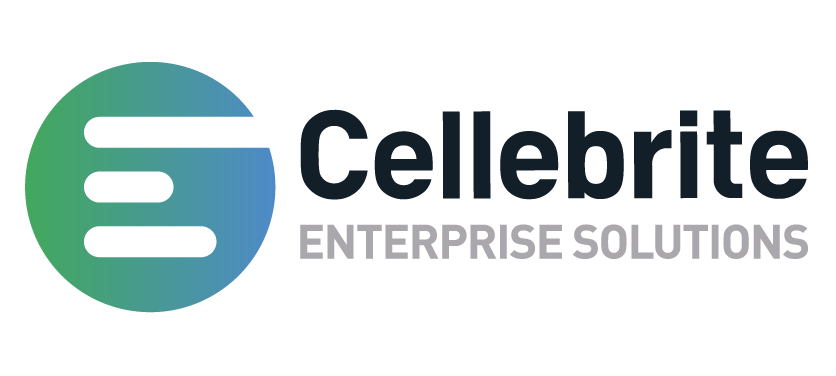The digital landscape is in a state of continuous evolution, reshaping industries and practices across the board. The legal sector, a realm where precision, speed, and compliance are paramount, is no exception to this transformative tide. Amid this dynamic landscape, the emergence of Software-as-a-Service (SaaS) architecture has garnered momentum, promising a new era of efficiency, agility, and effectiveness in data collection practices.
In this deep dive, we unravel the intricate tapestry of SaaS architecture, examining the challenges that traditional on-premises solutions face, the imperative for speed and preservation, and the pivotal role of proper collection tools underscored by case law. Let’s navigate through these facets to glean a comprehensive understanding of how SaaS architecture is reshaping the legal tech terrain.
Challenges of On-Prem Solutions: Unveiling the Struggles
Implementing on-premises solutions has long been the norm for data collection in the legal domain. However, the digital age operates on a different tempo—a pace where every second counts. The ability to swiftly and comprehensively gather data can often tip the scales in favor of success. Unfortunately, on-prem solutions, burdened by their inherent limitations, can inadvertently introduce delays that compromise the outcome of legal cases. Such delays could lead to missed deadlines, incomplete data collection, and ultimately, the imposition of sanctions that tarnish an enterprise’s legal standing.
SaaS: Where Speed Meets Preservation
Enter Software-as-a-Service, a transformative paradigm that confronts these challenges head-on. By embracing cloud-based software, enterprises can access cutting-edge collection capabilities that seamlessly align with the rapid pace of digital interactions. The cloud’s scalability and accessibility enable legal professionals to swiftly collect, process, and preserve data critical to their cases. Moreover, SaaS offerings often come equipped with built-in preservation mechanisms, reinforcing data integrity and providing a robust safeguard against potential legal repercussions.
Navigating the Legal Labyrinth: Cloud Workplace Apps and Beyond
In the realm of case law, the significance of proper collection tools has been underscored time and again. This significance is magnified when dealing with the vast volume of data from cloud workplace apps and enterprise cloud platforms. The emergence of communication tools like Slack has illuminated the necessity for specialized collection tools that ensure thorough and legally sound data acquisition. Embracing the dynamic capabilities of SaaS architecture empowers legal professionals to traverse this labyrinth with dexterity. The depth and agility afforded by SaaS platforms empower legal teams to navigate the intricacies of workplace app data collection, ensuring no stone is left unturned.
A Glimpse into the Future: SaaS Adoption and Beyond
The migration towards SaaS architecture isn’t merely a fleeting trend—it’s a strategic leap into a future characterized by enhanced efficiency, adaptability, and compliance. Organizations that pivot towards SaaS recognize its transformative potential to address the challenges once posed by on-prem solutions. From mitigating delays to ensuring speed and preservation, SaaS embodies the essence of modern legal tech, offering a streamlined approach that promises more efficient, agile, and legally compliant data collection.
We invite you to explore the SaaS offerings of Cellebrite Enterprise Solutions, like Endpoint Mobile Now, to see how our patent-pending remote mobile collection capabilities can make data collection easy and cost-effective.















